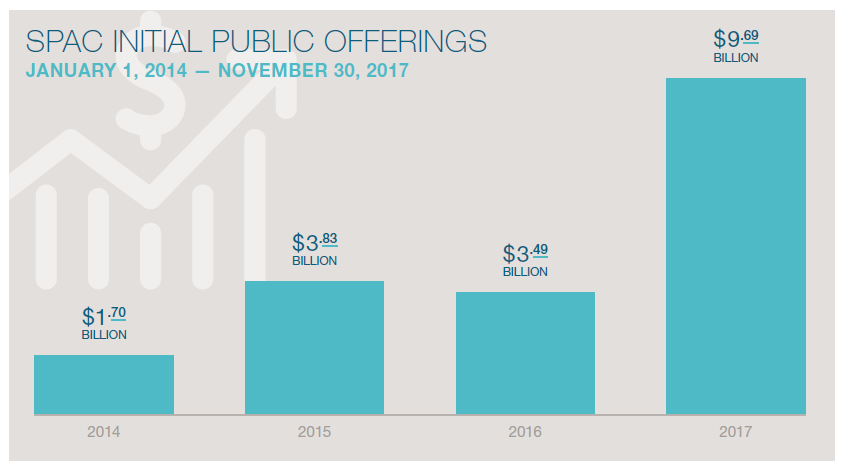Arthur H. Kohn is a partner and Katy Yang is an associate at Cleary Gottlieb Steen & Hamilton LLP. This post is based on a Cleary Gottlieb memorandum by Mr. Kohn and Ms. Yang. Related research from the Program on Corporate Governance includes The Case for Shareholder Access to the Ballot by Lucian Bebchuk (discussed on the Forum here), and Private Ordering and the Proxy Access Debate by Lucian Bebchuk and Scott Hirst (discussed on the Forum here).
When the staff (the “Staff”) of the Division of Corporation Finance of the Securities and Exchange Commission (“SEC”) released Staff Legal Bulletin No. 14I (“SLB 14I”) last fall, it seemed that the Staff was potentially signaling that it would be taking a more issuer-friendly approach in its review of no-action letter requests (“NALs”). In particular, the language in SLB 14I regarding the role of the board of directors suggested that the Staff may defer to the board’s determination of whether a shareholder proposal focuses on a significant policy issue, in the case of the “ordinary business” exception (Rule 14a-8(i)(7)), and whether the shareholder proposal is significantly related to the issuer’s business, in the case of the “economic relevance” exception (Rule 14a-8(i)(5)), as long as the NALs provided a sufficiently detailed discussion of the board’s analysis and the “specific processes employed by the board to ensure that its conclusions are well-informed and well-reasoned.” For example, SLB 14I stated that these types of “determinations often raise difficult judgment calls that the Division believes are in the first instance matters that the board of directors is generally in a better position to determine.” One could read that language to mean that including a well-developed board analysis could significantly influence the outcome for a NAL based on the “ordinary business” exception and/or the “economic relevance” exception.

